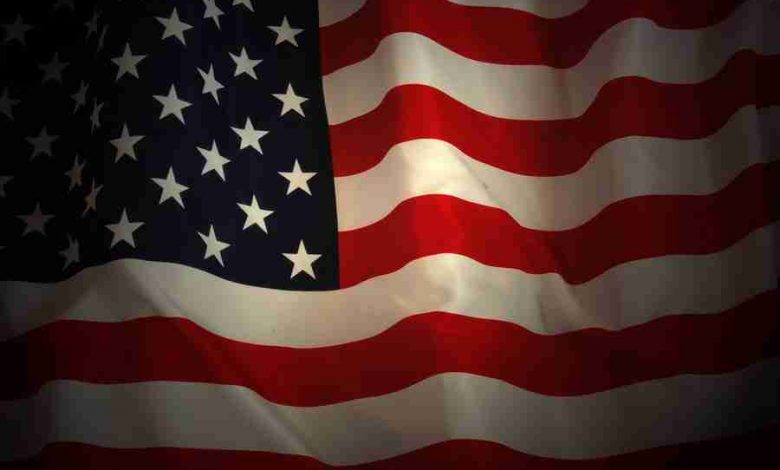Sunday Talk: Grassley on Flag Day

Q: What is Flag Day?
A: Flag Day was designated in 1949 by act of Congress to commemorate the anniversary of the Second Continental Congress adopting the flag resolution in Philadelphia. On June 14, 1777, it approved the Stars and Stripes as the official flag of the United States of America – “Resolved, that the Flag of the thirteen United States shall be thirteen stripes, alternate red and white; that the Union be thirteen stars, white on a field of blue, representing a new constellation.” Since that day, 27 official versions of the flag have been produced. After Hawaii became the 50th state, the current version of the 50-star flag has been in place since July 4, 1960.
Long before President Truman signed Flag Day as a national observance into law, generations of Americans have displayed the American flag on their homes, schools, businesses, sporting events, patriotic ceremonies and community parades to celebrate the values and principles represented by the red, white and blue, as well as to honor America’s sons and daughters in uniform who have served our country under the U.S. flag. Unlike other nations united by creed, ethnicity or monarchy, America was founded on ideas and that government derives its powers from the people. The U.S. flag symbolizes what it means to be an American. In 1931, Congress recognized The Star-Spangled Banner as our national anthem. Written by Francis Scott Key during the War of 1812, he was inspired by the flag’s triumphant, yet tattered appearance still waving above Fort McHenry after enduring a 25-hour bombing by the British fleet. This very flag is preserved and on display at the Smithsonian National Museum of American History. From the fields of battle, in the pursuit of freedom and liberty, to the homecoming of troops and fallen heroes and with astronauts in space, the American flag is a symbol of triumph, valor and resilience, evoking feelings of patriotism, courage and hope. The U.S. flag is an enduring emblem for our republic, for which it stands, representing one nation, united by indivisible values of freedom, liberty and justice for all.
 Q: What is the U.S. flag code?
Q: What is the U.S. flag code?
A: The federal flag code adopted by Congress establishes a code of etiquette for the flag. Although a 1989 U.S. Supreme Court ruling struck down state and federal flag protection laws, the flag code provides guidance for Americans to display the U.S. flag with respect. For example, it is customary to display the flag only from sunrise to sunset on buildings and on flagstaffs. However, if the flag is displayed 24 hours a day, it should be illuminated during the hours of darkness. It should be displayed on or near the main administration building of every public institution, school building, and at polling places on election days. The U.S. flag should be at the center and at the highest point of the group when a number of flags of states or banner of societies are flown together. A flag patch may be affixed to the uniform of military personnel and first responders. A flag pin should be worn on the left lapel near the heart. When the U.S. flag is no longer fit for display, it should be destroyed in a dignified way. Many veterans’ organizations and Boy Scout troops properly retire flags as a public service in their local communities.
Throughout American history, political and social divisions have tested the boundaries of free speech and right to protest and peaceably assemble. Controversial movements to burn the flag or refusal to recite the Pledge of Allegiance or kneel for the national anthem have stoked discussions in communities across America. In times of crisis, the flag is a visible reminder of our strength and solidarity. Following the 9/11 attacks in 2001, Americans displayed the flag to share their patriotism. Through thick and thin, the flag is an emblem of unity and purpose against terror and tyranny. Despite unsettled divisions roiling across our country and challenging our society, I have great hope for America and encourage all Americans to celebrate Flag Day and the cherished blessings it represents for generations to come.
Iowans who would like to have an American flag flown over the U.S. Capitol to commemorate a special event may order flags online or by mail through my office. Orders can be requested up to six months in advance and arrive approximately six weeks after being flown. In addition, the Fallen Heroes Flag Act pays tribute to America’s first responders who lost their lives in the line of duty. Iowans may request a flag flown over the U.S. Capitol to honor a fallen hero from their immediate family at no cost to those who qualify for this program.
Flag Day is June 14




